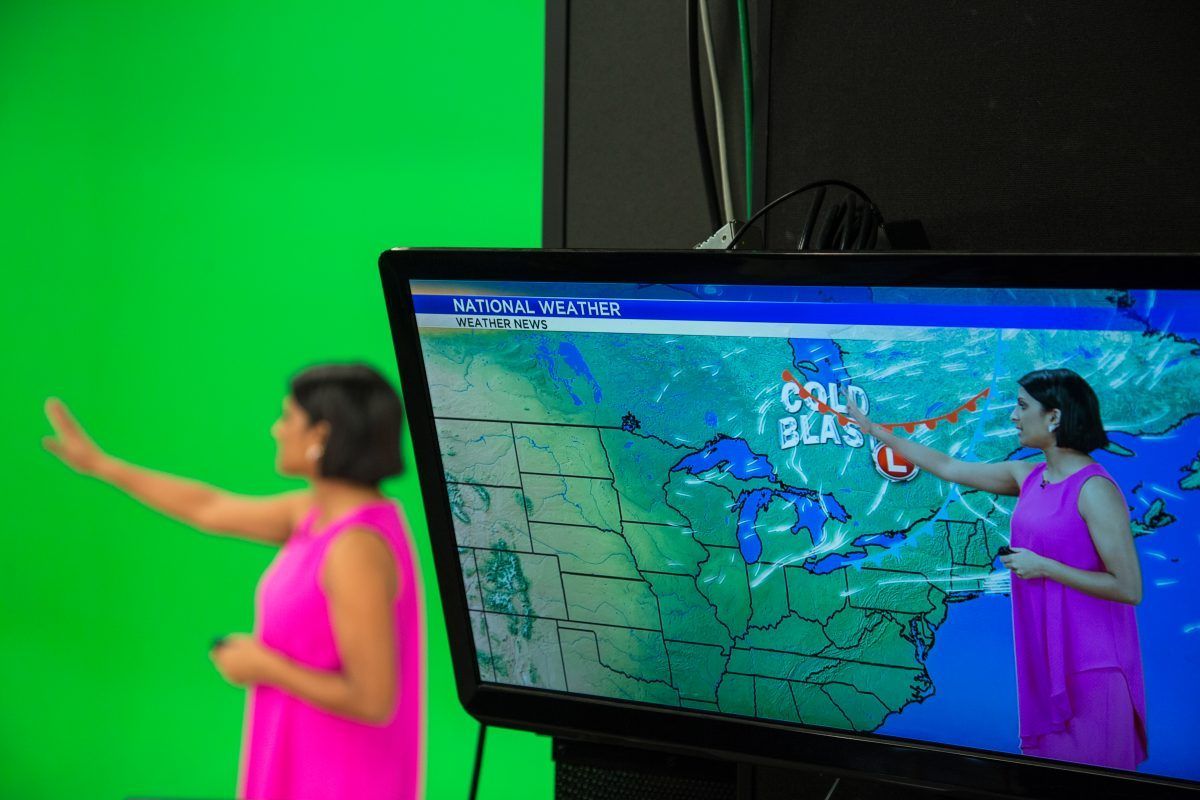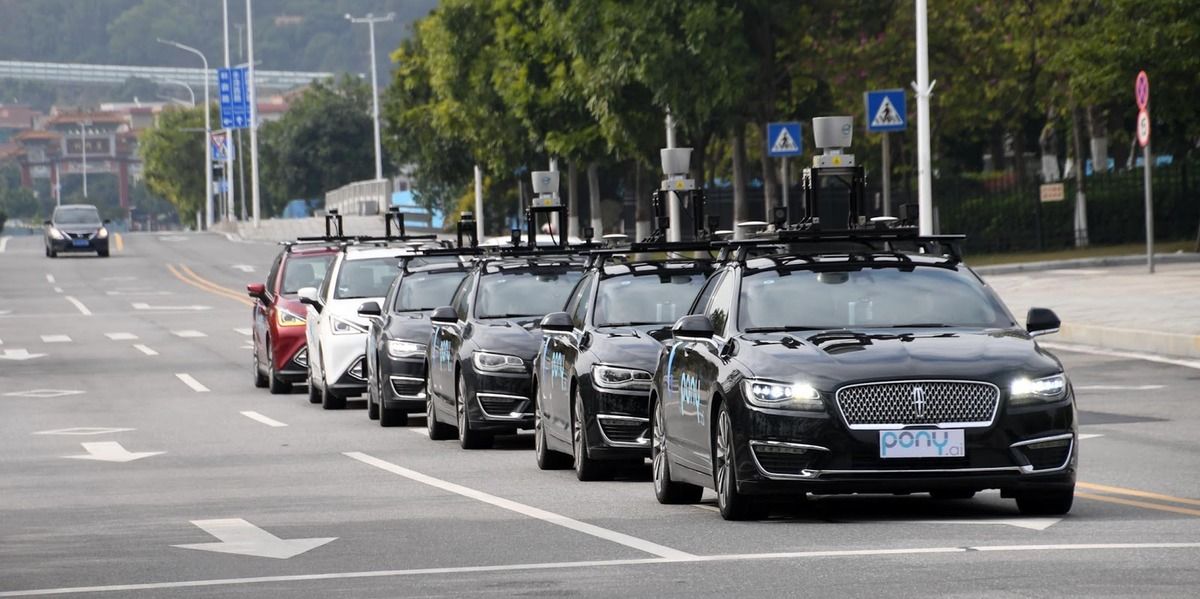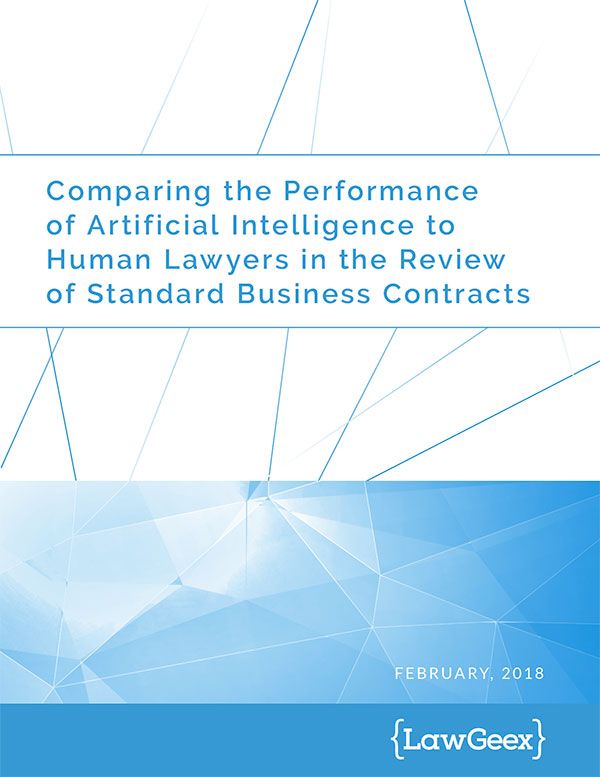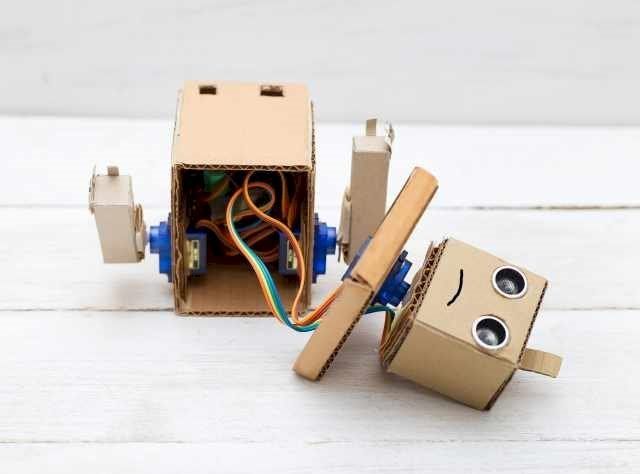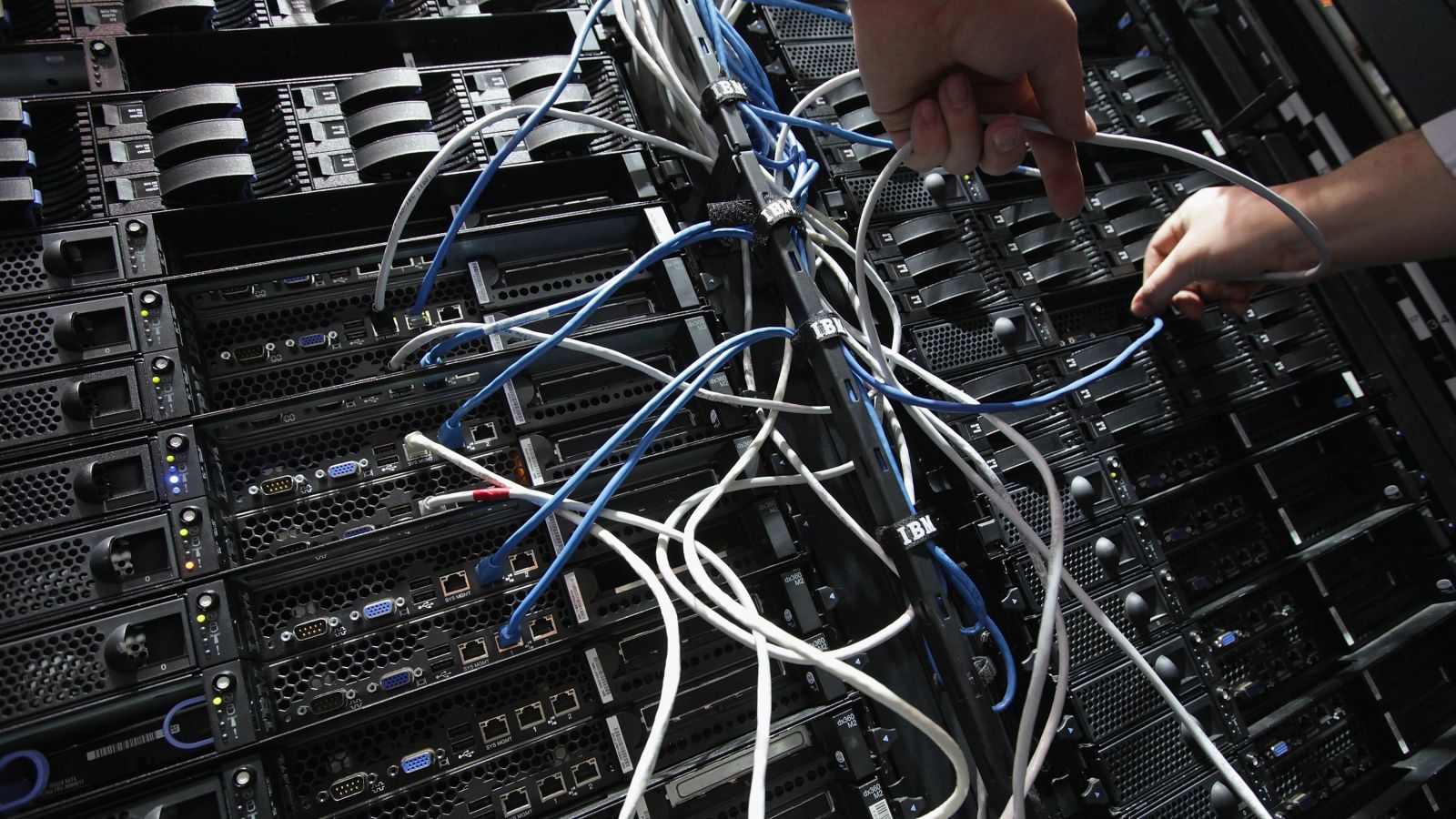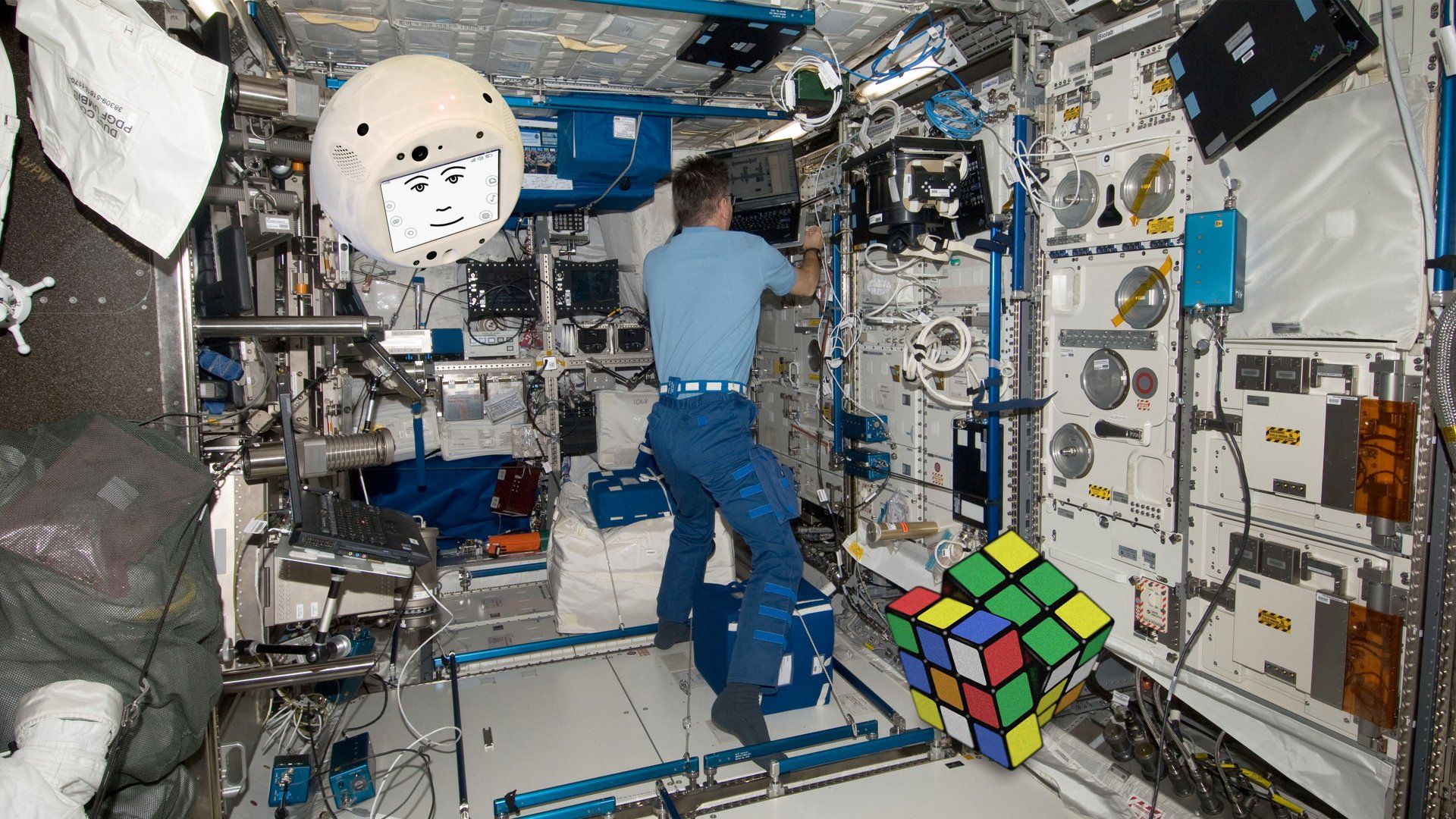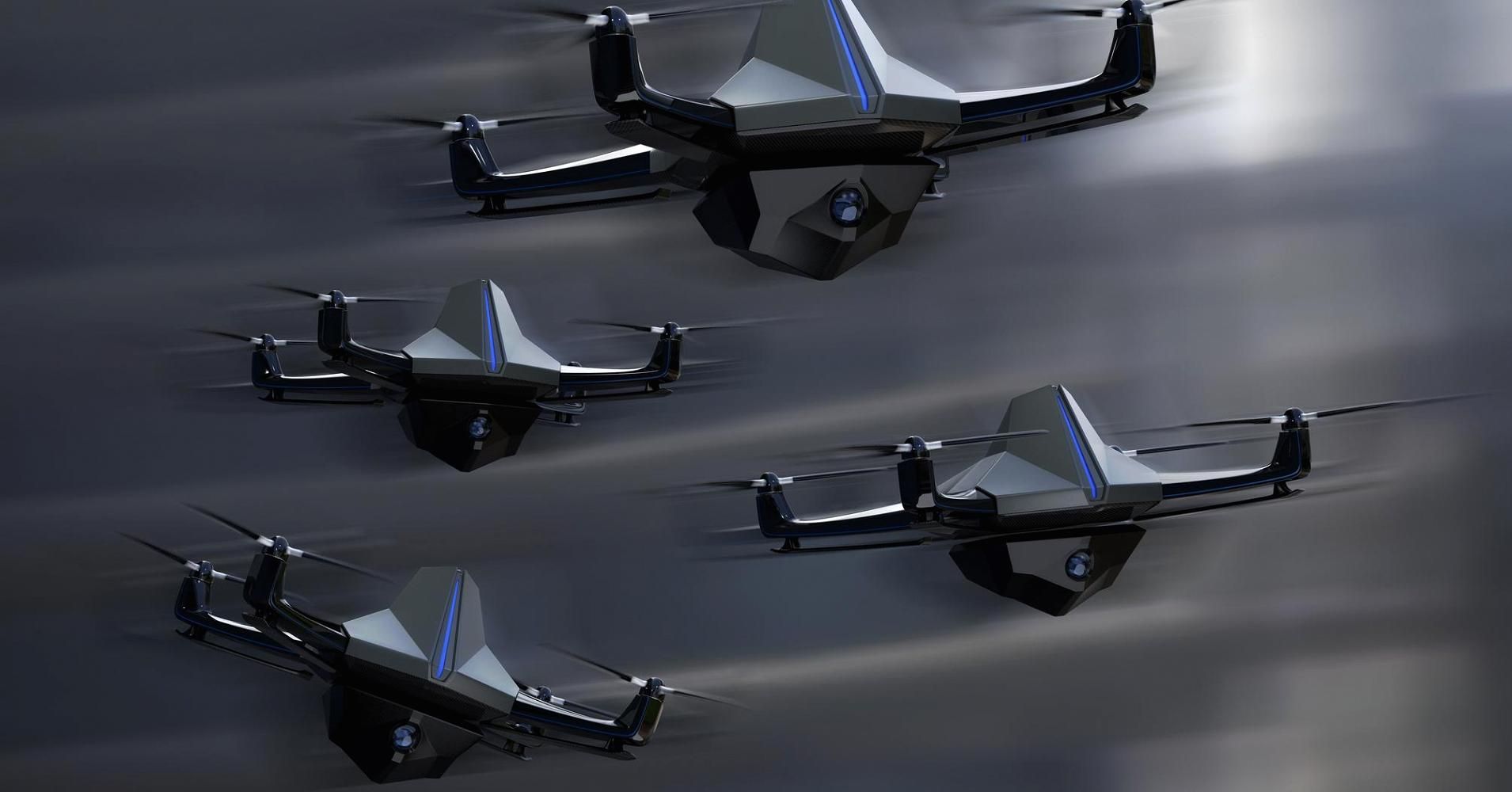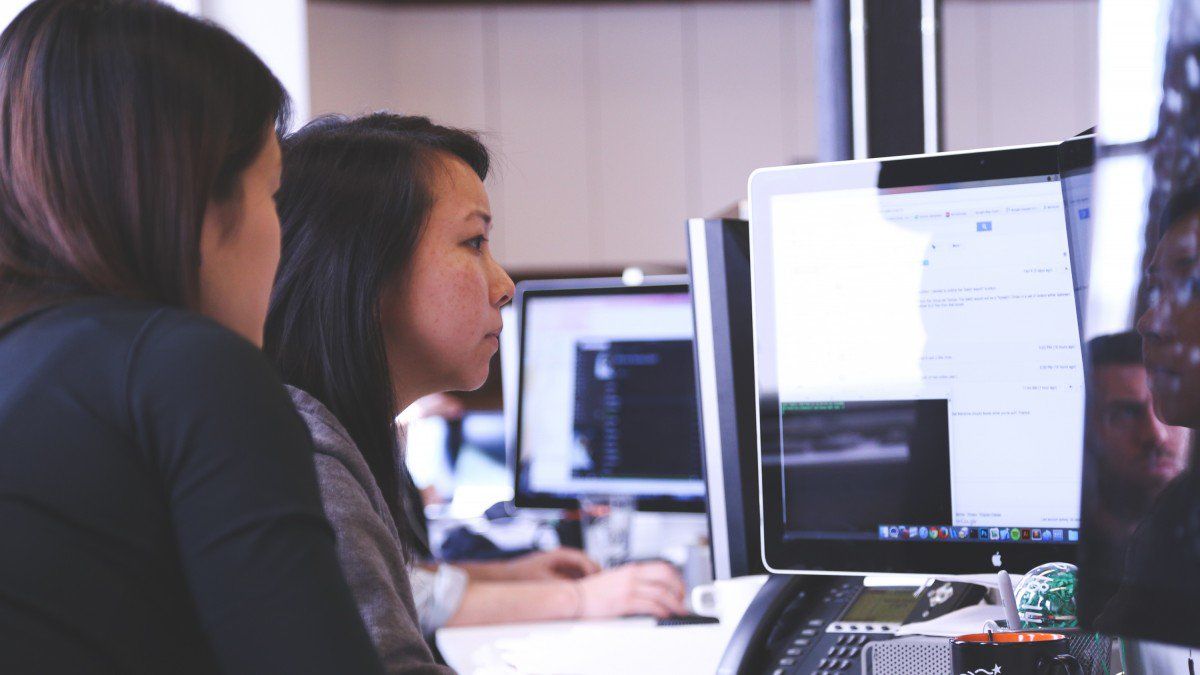Thousands of years ago, oracles read the future through divine inspiration. Today, we’ve still got Oracle making predictions (along with many other forward-thinking tech firms), but it uses something a little more grounded. Artificial intelligence and its capacity to assess approaching events are pretty awe-inspiring even without the supernatural flair.
Many industries are looking to artificially intelligent software to help make predictions on everything from a customer’s buying decisions to which medical treatments will be most effective for a sick patient. Though we live in a world that still depends on the educated guesses of experts, it is becoming increasingly clear that next generation of prognosticators will be more silicon-based than carbon-based.
AI is a prediction technology at its very essence. With the ability to evaluate data exponentially faster than any person, machine learning programs can assess patterns, make connections, and test hypotheses in less time than it takes their human equivalent to pour a cup of coffee. Thanks to its advanced capabilities, AI’s predictions are already taking shape, with strong implications for retail, health care, and the way we understand the world around us.
